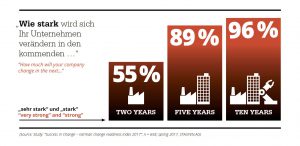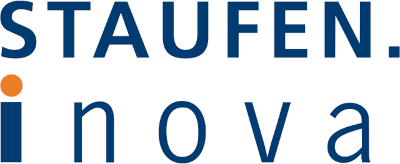
Gone are the days when automotive manufacturers and suppliers with successful products and services could be confident that they would still be part of tomorrow’s market. – innovations follow hot on the heels of other innovations, and customers are increasingly unwilling to accept standard solutions. It may well happen that a product is considered state-of-the-art when it leaves the development department but is hopelessly outdated by the time it is
market-ready.
Trying to summarize these kinds of wide-reaching changes in a single term is not easy, but there is a good acronym that fits: VUCA. Volatility, uncertainty, complexity, and ambiguity are the factors which are particular challenges to the companies in the automotive sector today. Volatility is related to the Latin word for “fleeting” and is an apt way to describe how changes are coming on faster and faster. Uncertainty is becoming more prevalent because the cornerstones of entrepreneurial activity have long since become less stable than they once were. Complexity is constantly increasing, and it is becoming harder and harder to reach the right conclusions when observing the markets or the world as a whole. It might even be downright impossible, since the ambiguity around us means that a decision that has already been made will still need to be revisited on a regular basis.
How do companies stay successful in this environment?
Definitely not by clinging to the structures and cultures they are familiar with. If you want to master reality, you can’t deny it: you have to confront it. Five-year plans and rigid hierarchies cannot succeed in the face of these new dynamics. Organizational structures have to reorient themselves towards VUCA criteria. Agility is what is needed: there have to be interdisciplinary teams which have their sights trained on changing conditions, adapt their strategies correspondingly, and keep their eyes and ears focused on market and customers. In other words, the ideal situation is an agile organization which responds to changes promptly. A company that can adapt quickly and flexibly whenever needed, obviously while taking its own needs into account. With this sort of effectiveness and efficiency, a company can concentrate on the value chain and human interaction. In addition to creating clear structures, processes and methods, a key challenge for businesses to face is thus developing the proper culture in a company.
Over 50% anticipate major changes within their company on a short-term basis.




